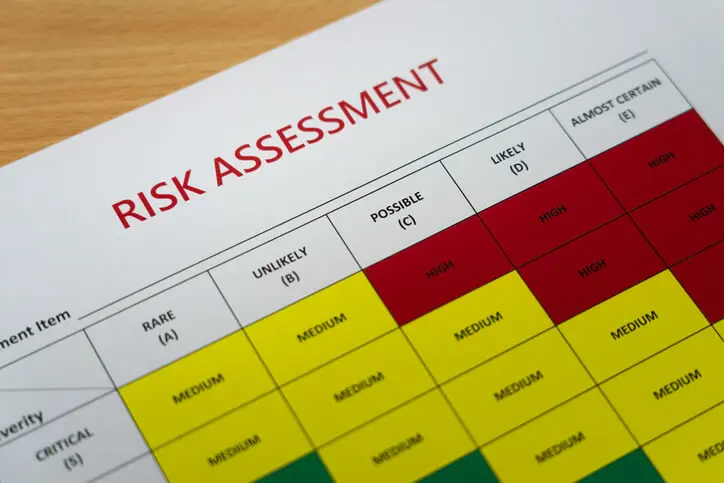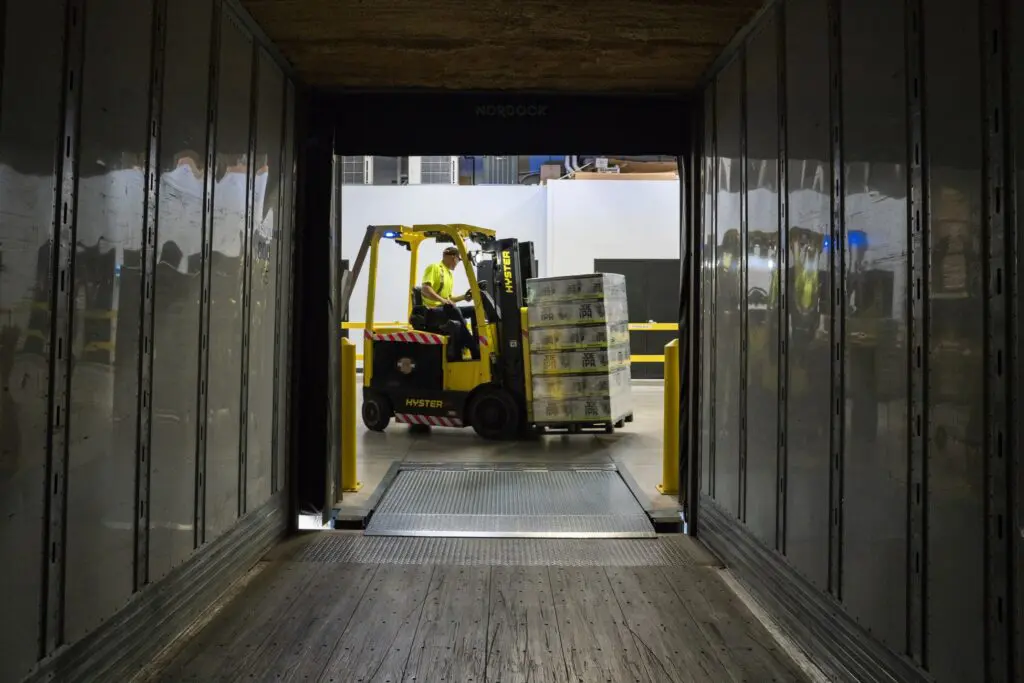Companies worldwide are making the stride to go green, meaning they are making decisions in their daily operations that will benefit the environment in addition to achieving their goals. There are numerous areas to consider for making these sorts of conscious business decisions. Lean and Green Business considers, “one crucial aspect of business that is acknowledged for the waste it generates but doesn’t receive enough attention is inventory management.” Excess inventory is one of the contributing factors that lead to excessive waste.
Have you considered how much waste your business accumulates each quarter?
Considering how to reduce excess inventory with proper demand planning and inventory optimization can minimize your company’s waste and lead to a cleaner future. Not to mention, you will save on your expenses and investments as well. It’s a win-win for your business and the environment.
Recognizing Excess Inventory
Excess and obsolete inventory is a result of over purchasing items that don’t sell as much as you planned for when creating purchase orders. Over-purchasing products takes place when demand plans and inventory optimization are miscalculated and inaccurately forecasted, and management neglects to consider the context of the company. Businesses use methods and tools to forecast consumer demand. However, as mentioned in a previous article, “many implement unreliable and outdated methods, which eventually lead to poor predictions.” Improper excess inventory management is the root of generating a surplus inventory.
When companies have excess inventory, they resort to holding on to that stock with the hope that the products will eventually sell. However, this can be problematic since the slow-moving inventory usually is way more expensive to hold and manage. Additionally, products that have a short shelf life, including raw materials and ingredients, are at greater risk of becoming useless inventory if they are not sold as quickly as expected.
Businesses Joining the Green Movement
More and More companies are making major changes to become green and eco-friendly. Forbes reports that Honeywell has made the commitment to become carbon neutral, “the $152 billion (market cap) industrial conglomerate joins a growing list of companies—including Apple, Ford and Verizon—that have made similar environmental commitments in their operations.”
Even customers are demanding that their brands become more sustainable. According to MH&L, “A recent global survey by the U.S. Cotton Trust Protocol shows 54% of sustainability leaders at apparel and textile brands say they’ve seen their customers’ demands for environmentally sustainable practices and products increase since the beginning of the COVID-19 pandemic.” Customers must see value in the brand they buy their products from, purchasing from companies they believe align with their personal values. With a step towards green and eco-friendly operations, customers are more likely to buy from your business in comparison to your competitors.
Businesses can make various efforts that reduce the impact their operations have on the environment. And an effective way for those businesses to start is by directing their attention to the waste they produce. This is included in Green Supply Chain Management (GSCM), which “refers to the concept of integrating sustainable environmental processes into the traditional supply chain.”
While managing inventory properly, businesses can reduce the amount of stock that doesn’t sell and turns to waste by gaining valuable insights from demand forecasts. And by purchasing the right amount of products at the right time, businesses can also save on investments that would have been otherwise lost. With proper demand planning and inventory optimization, not only can your company save on what won’t sell, but best-sellers will always be available. You can still satisfy all your customers because you’ll be prepared with the right quantity of products that they will actually purchase. Sales have the opportunity to increase at a greater rate since investments were adequately placed.
Take Action and Demand Plan
As businesses are beginning and continuing to join the green movement, we can expect more companies to make the transition over time. Forbes confirms in response to Honeywell’s commitment, “With the Biden Administration rejoining the Paris Agreement on climate change in January, expect more companies to make similar announcements this year.”
Your e-commerce business can make a difference too this Earth day and the days ahead by creating a more sustainable plan for your business. Choose a more accurate method for demand forecasting and inventory optimization that will benefit your sales and the earth. Why waste time, space, money, and materials when you can manage your inventory more efficiently?
With AI-powered software, your business can reduce its excessive inventory, waste, and lost investments. And pick the tool with experts to monitor the process and guide your business decisions along the way for a more proactive approach.
Contact us for a demo, so your business can make a significant difference with sustainable demand planning, saving your investments and the environment at the same time.






